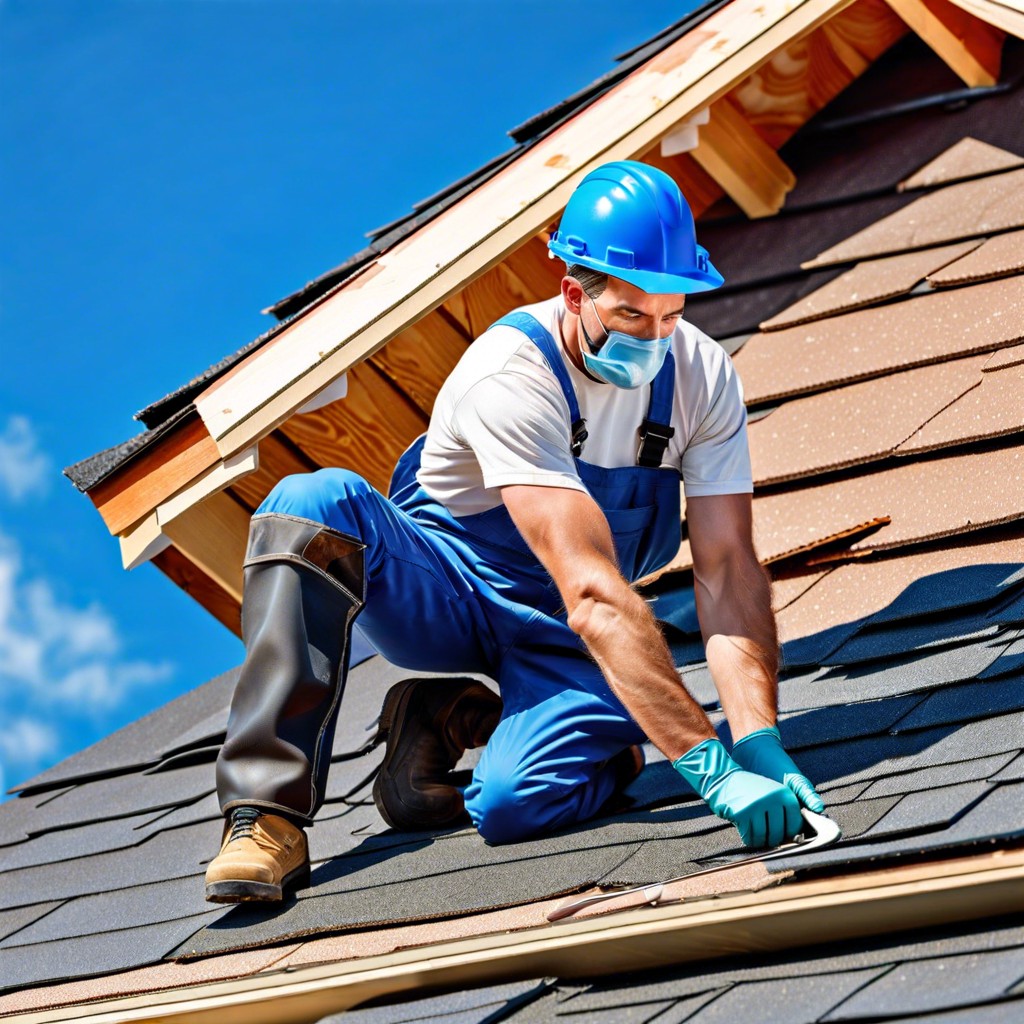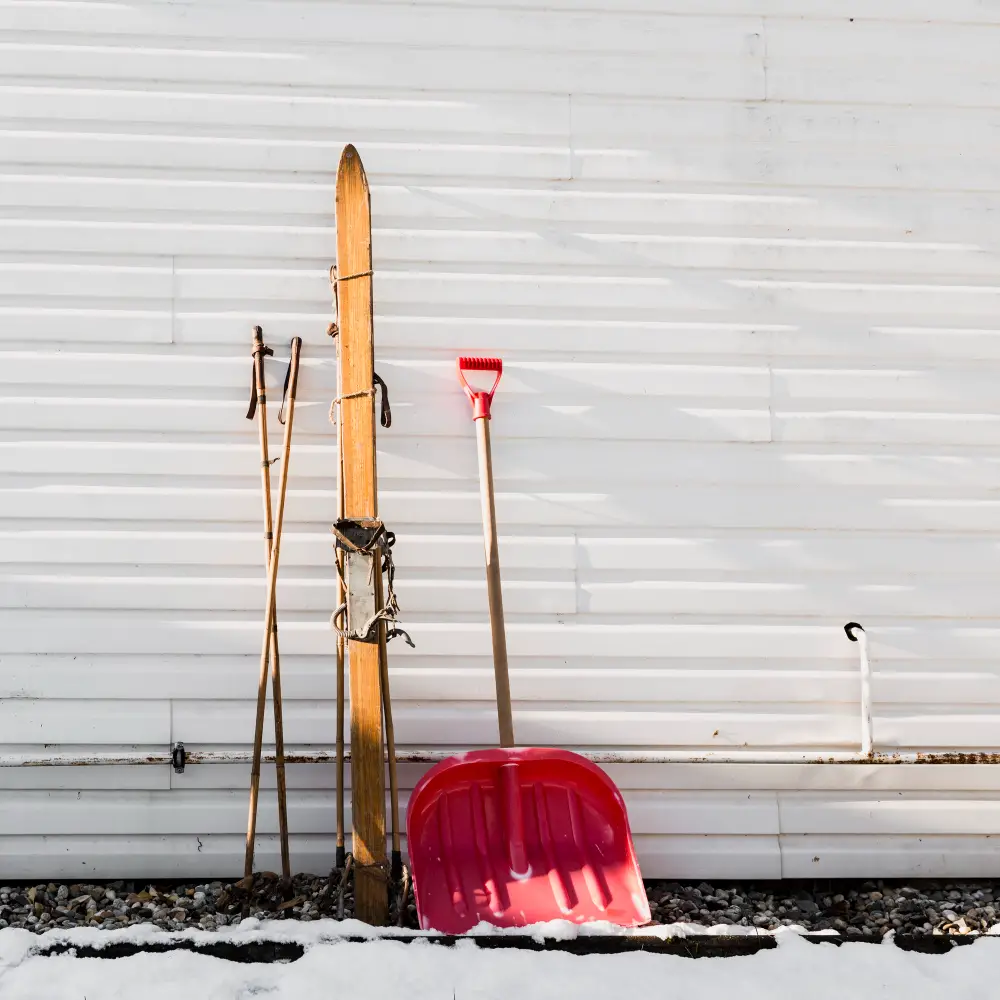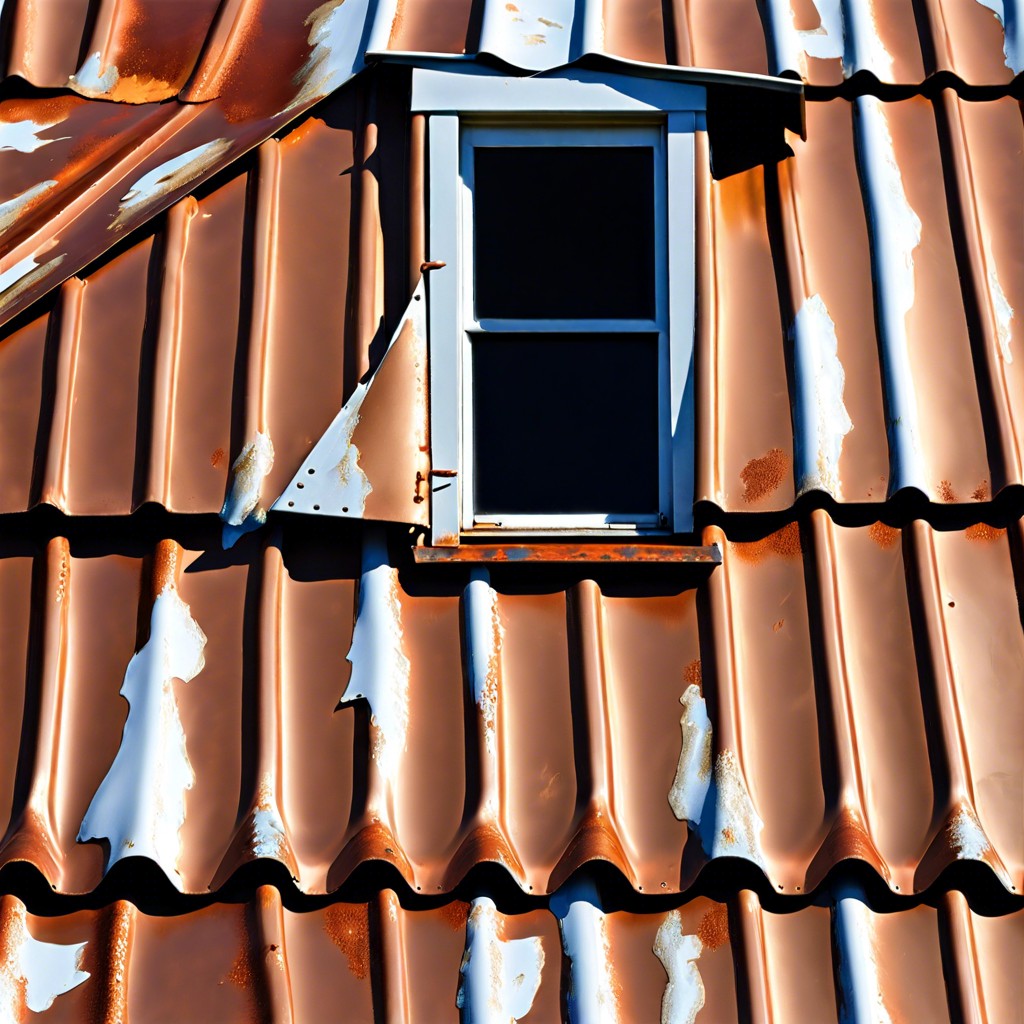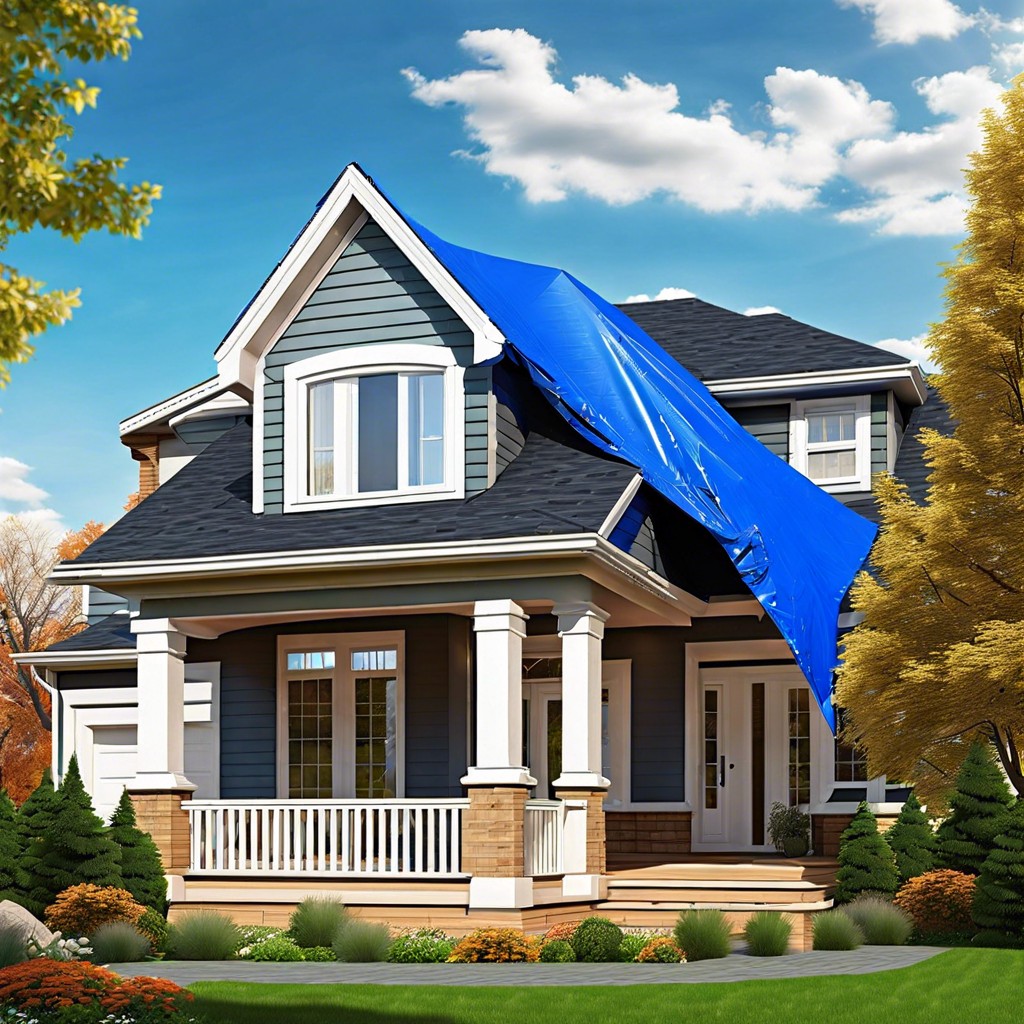Last updated on
Learn about the factors that affect roof leak repair costs and how to anticipate your investment.
Key takeaways:
- Roof leak repair costs vary from 0 to 00 on average.
- The cost can be influenced by the size of the repair needed and the type of work involved.
- Different types of repairs have different price ranges, ranging from 0 to 0 for minor patches.
- The cost can be higher for major structural damages, such as support beams.
- The type of roof material also affects repair costs, with wood shakes and slate being more expensive to repair.
Average Roof Repair Cost

If your roof starts giving you the silent treatment and letting water sneak in, you’ll want to get a rough idea of the hit to your wallet before calling in the pros. On average, homeowners can expect to fork over anywhere from $150 to $1500 to fix a leaky roof, with a median expenditure sitting around $650.
But remember, that’s just an average. Your final bill can be as unpredictable as a cat on a hot tin roof, swinging higher or lower, based on the repair size needed and the type of work involved. It’s akin to going for a haircut – a little trim is less costly than a full-on style change.
Leaks can be sneaky villains. A small, uncomplicated leak might just be a quick patch job. But if it’s been playing hide and seek for a while, broader damage might have spread like gossip, escalating repair costs. The price of procrastination can be steep; so catch those repairs early – your wallet will thank you later.
Cost of Roof Repair By Type
Tackling small leaks promptly often saves a pretty penny later on. For minor patches, homeowners might only part with $150 to $400. Got a pesky leak around your chimney or skylight? Repairs here can climb from $300 to $1,000, seeing as the devil’s in the details—and those flashings don’t fix themselves!
Now, if we’re talking about major structural damages, like support beams giving you the silent treatment, brace yourself. This fix can set you back a significant $1,500 to $3,500. The price tag grows alongside the problem, so catch those red flags early.
Wind might be great for flying kites, but it’s no friend to shingles. When shingles decide to take flight, the repair tab ranges from $250 to $700. It’s a bit like herding cats, but for your roof shingles.
Remember that dealing with water damage is a whole different kettle of fish. If the leak’s been playing hide-and-seek for a while, the extra water damage repair could inflate the bill by another $1,000. And if you’ve spotted mold’s telltale blotches, add up to $3,000 more for evicting that unwelcome tenant.
In essence, repair costs vary; a simple fix today keeps the roof replacement at bay.
Price of Repair By Roof Material
Different materials used in roofing come with varying repair costs due to their unique characteristics and the differing degrees of labor and resources required to fix them.
Asphalt shingles, often preferred for their affordability and widespread use, typically present a lower repair bill compared to their counterparts. You might find the cost to patch a section of asphalt shingles comes in at a much more wallet-friendly rate.
Whereas, metal roofs known for their durability can still develop issues such as rust or loose seams. These, however, can be pricier to amend, given the material’s robust nature and the specificity of the work involved.
Wood shakes are a case all their own, teetering on the costly end due to their need for specialized skill and the delicacy with which they must be treated during restorations.
Slate, with its heavyweight and the considerable expertise required to replace or repair damaged tiles, often leads to a steeper price point. The material is unforgiving, and mistakes are not an option, translating to higher costs.
Rubber roofs, primarily used in flat roofing solutions, may have moderate repair costs, depending on the issue at hand, but typically fall somewhere between asphalt and slate in the pricing spectrum.
The takeaway here is clear: expect your costs to scale with the sophistication and the material quality of your roof. Think of it as a “materials matter” moment – the more premium the roof, the pricier the patch-up.
Factors in Calculating Roof Repair Cost
Several elements play a role in determining the final bill for fixing a leaky roof. The extent of the damage is a critical factor. A small, isolated leak generally requires less work than widespread water damage.
Accessibility is another consideration. If your roof is a high-pitched or multi-story affair, it might be trickier for roofers to navigate, potentially increasing labor costs.
Material costs can’t be overlooked. The price of shingles, underlayment, or tiles used to mend the roof will influence the total expense.
Moreover, labor rates fluctuate based on your location. Roofers in metropolitan areas often charge more than those in rural settings due to the higher cost of living.
Lastly, the urgency of the repair can affect the cost. If you need an emergency fix during a busy season or after a storm, you might see a spike in the price tag due to increased demand for roofing services.
Signs Your Roof Is Damaged
Catching roof damage early can save you from hefty repair bills down the line. Keep an eye out for water stains that appear on ceilings or walls – they’re like a tell-tale heart thumping away, signaling trouble overhead. Another giveaway is missing or damaged shingles. If your roof looks like it’s had a bad haircut with shingles out of place, it’s time to take action.
Don’t overlook saggy, droopy spots, which scream “I need help!” as much as a pancake under a gallon of syrup. Cracked flashing or seals around skylights and chimneys are also culprits often caught red-handed at the scene of the leak. And if you notice a significant increase in your energy bills, your roof may be saying, “I’m not keeping the elements out like I used to!”
Stay vigilant, especially after severe weather sweeps through. Small critters making your attic their new penthouse suite is another red flag—wildlife is cute until it’s your uninvited houseguest causing havoc. Trust your instincts; if something looks off, it probably is. Roof inspections should be on your home maintenance to-do list, ideally twice a year. It’s like detective work for the homebody – the clues are all there, you just need to find them.




